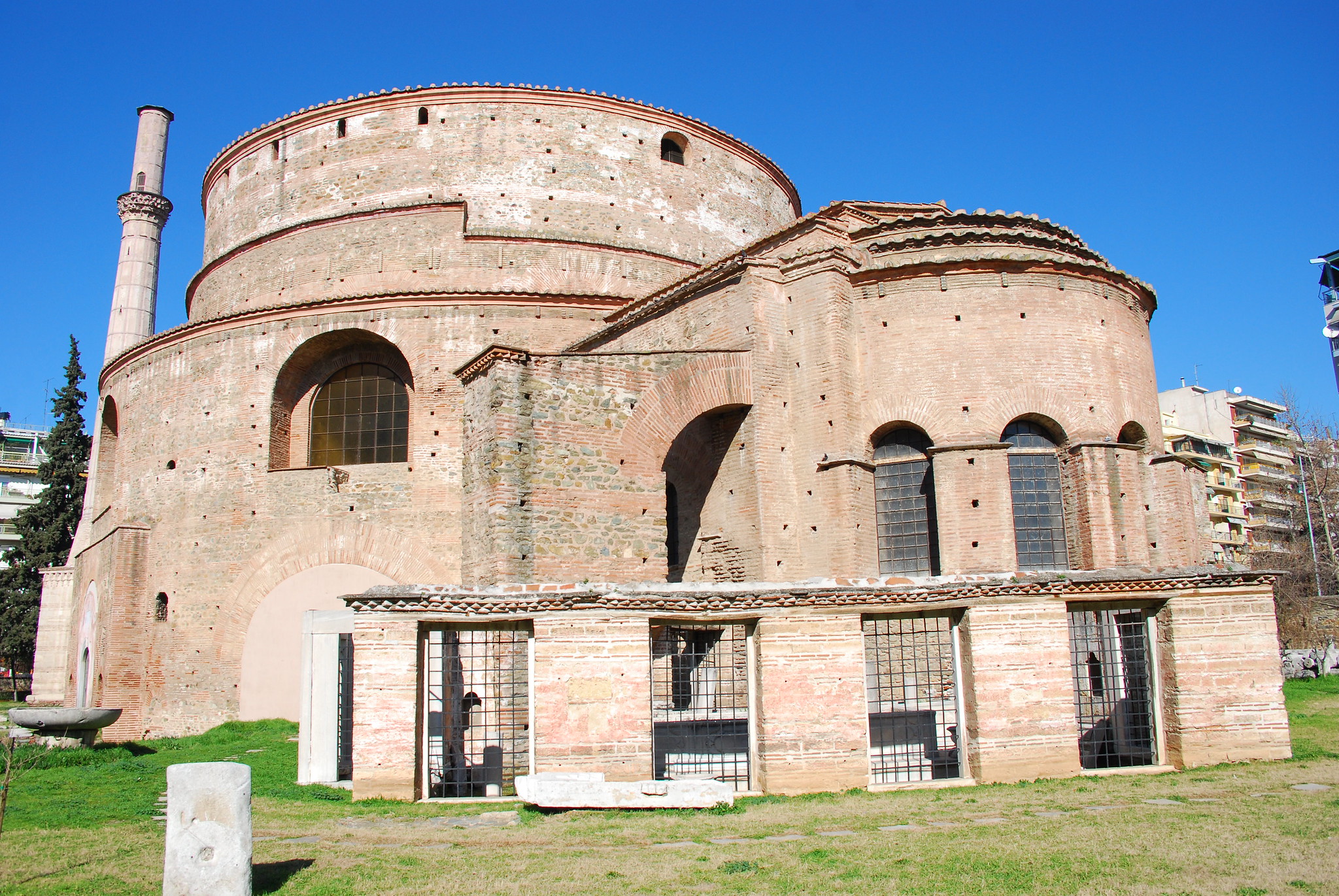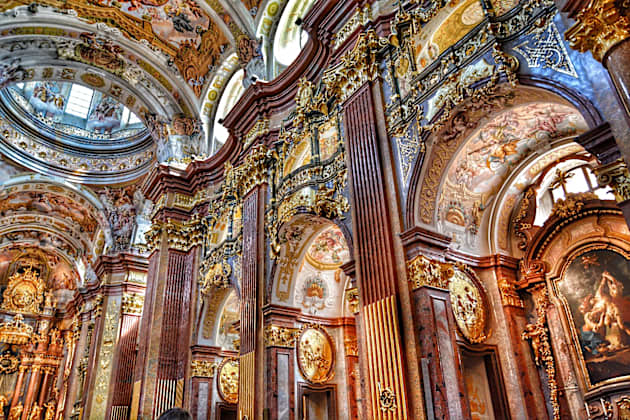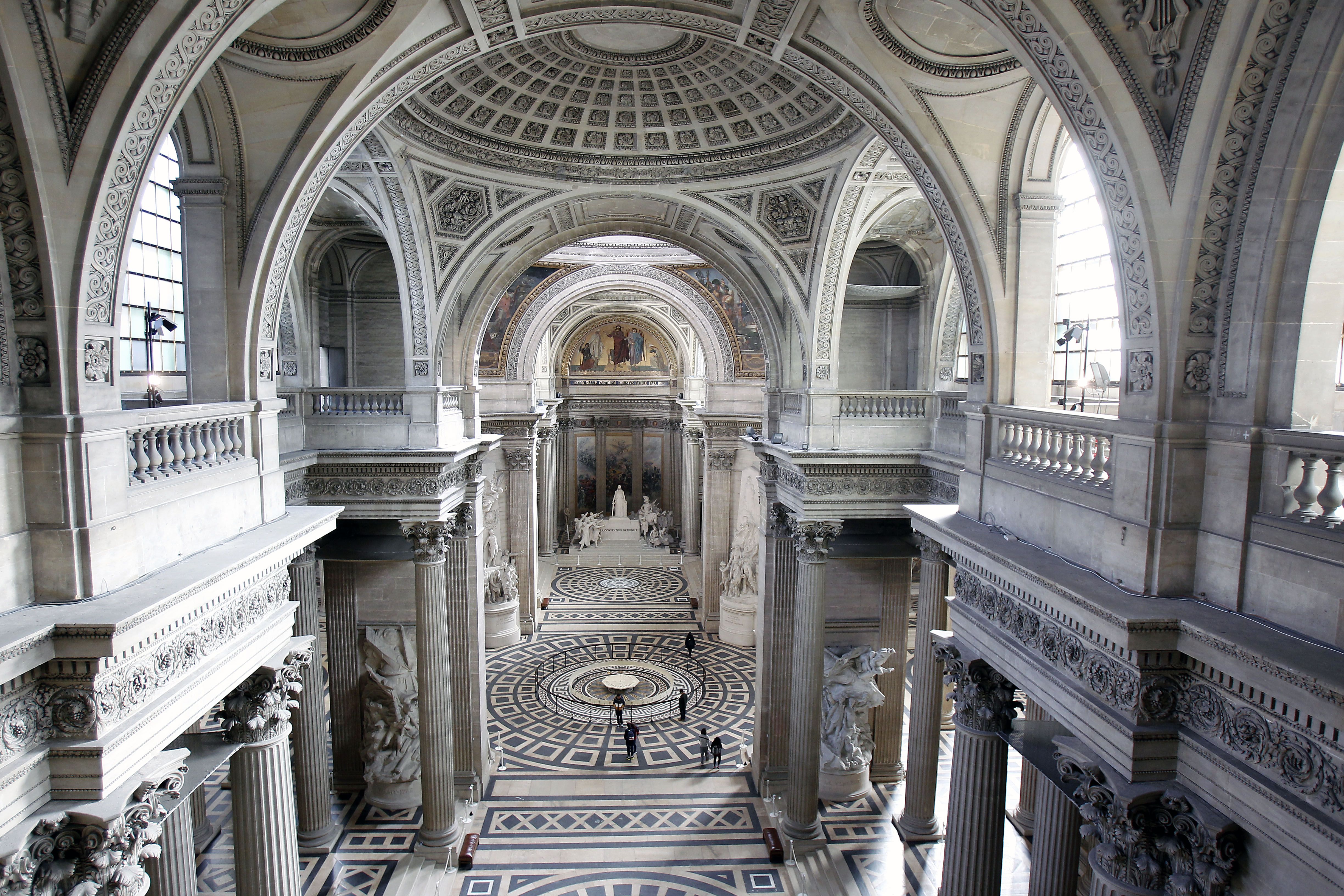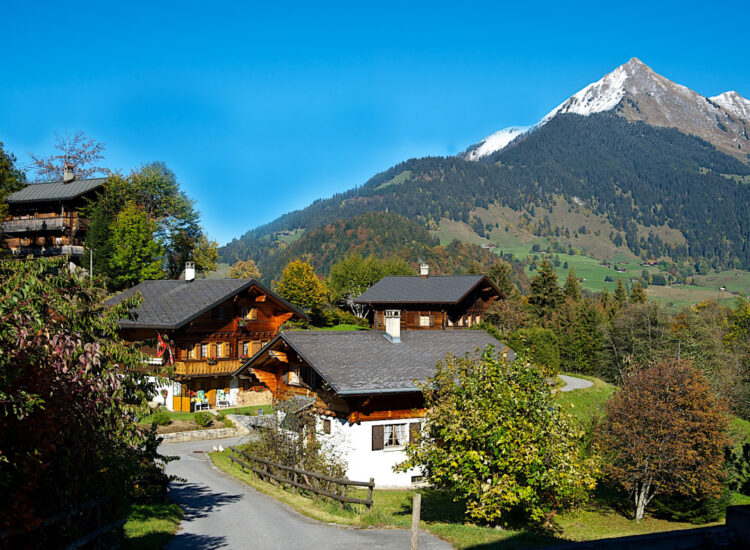Pillars of Faith, Structures of Time: Exploring Popular Church Architectural Styles
Churches, as houses of worship and community gathering spaces, have stood as prominent landmarks throughout history. Their architecture not only reflects the religious beliefs and practices of their congregations but also serves as a tangible record of artistic, technological, and cultural developments across different eras. From the simple early Christian gatherings to the soaring grandeur of Gothic cathedrals and the innovative designs of modern chapels, the styles of church architecture are as diverse and fascinating as the faith they represent. Let’s embark on a journey through some of the most popular and influential church architectural styles that have shaped the world’s spiritual landscapes.
The Foundations: Early Christian Architecture (circa 3rd-5th Centuries)

The earliest forms of Christian architecture emerged during a time of persecution and secrecy. When Christianity gained official recognition, architects adapted existing Roman structures, particularly the basilica, for their places of worship. The basilica plan typically featured a long central nave flanked by aisles, terminating in a semi-circular apse at the eastern end, where the altar was placed. These early churches were often characterized by their simplicity, with a focus on the interior space to accommodate congregational worship. Materials were often modest, reflecting the resources available at the time. The emphasis was on creating a functional space for prayer and communal gatherings, rather than elaborate external ornamentation. A notable example of an early Christian basilica (though the original structure no longer exists in its entirety) is the Old St. Peter’s Basilica in Rome, which served as a model for many subsequent churches.
The Age of Strength: Romanesque Architecture (circa 10th-12th Centuries)

As Europe emerged from the Early Middle Ages, a distinct architectural style known as Romanesque began to flourish. Characterized by its massive scale and robust construction, Romanesque churches conveyed a sense of strength and permanence. Key features included rounded arches used for doorways, windows, and arcades; massive piers and thick walls to support heavy stone roofs; relatively small windows, often with rounded tops, resulting in dimly lit interiors; and the use of barrel vaults and groin vaults to cover the nave and aisles. Ornamentation, while present, was typically restrained and often featured symbolic carvings. Durham Cathedral in England stands as a magnificent example of Romanesque architecture, showcasing its characteristic solidity and imposing presence.
Reaching for the Heavens: Gothic Architecture (circa 12th-16th Centuries)
Related articles 01:
1. https://nhagobinhthuoc.com/american-homes-a-guide-to-common-house-styles-across-the-united-states/
4. https://nhagobinhthuoc.com/choang-ngop-truoc-ky-quan-nha-san-go-lim-lon-nhat-viet-nam/
The Gothic style, which originated in 12th-century France, represented a revolutionary departure from Romanesque architecture. Driven by a desire to create taller, lighter, and more visually stunning churches, Gothic architects developed innovative structural solutions. Pointed arches replaced rounded arches, allowing for greater height and more flexible vaulting. Flying buttresses, external supports that transferred the weight of the roof outwards, enabled the construction of thinner walls and the inclusion of large stained glass windows, filling the interiors with colored light. Ribbed vaults provided a lighter and more adaptable roofing system. Gothic cathedrals often featured towering spires that seemed to reach towards the heavens, intricate sculptural ornamentation, and a general sense of verticality and aspiration. Notre-Dame Cathedral in Paris is an iconic example of Gothic architecture, embodying its grandeur and spiritual intensity.
A Return to Classical Harmony: Renaissance Architecture (circa 15th-17th Centuries)
:max_bytes(150000):strip_icc()/GettyImages-1210659789-e0c4b070626140a4af0f6016ff24b0ba.jpg)
The Renaissance, with its renewed interest in classical Greek and Roman culture, also influenced church architecture. Architects sought to revive the principles of symmetry, proportion, and harmony found in ancient buildings. Key features of Renaissance churches included the use of domes, inspired by the Roman Pantheon; classical orders of columns (Doric, Ionic, Corinthian); and a focus on balanced and symmetrical compositions. Interiors were often lighter and more open than their Gothic predecessors. St. Peter’s Basilica in Rome, while incorporating elements from later styles, exemplifies the grandeur and classical influence of Renaissance architecture in its overall design.
The Drama of Faith: Baroque Architecture (circa 17th-18th Centuries)

Emerging in the 17th century, the Baroque style embraced drama, grandeur, and theatricality. In church architecture, this translated into the use of curved lines, elaborate ornamentation, dramatic lighting effects, and a sense of movement and dynamism. Baroque architects aimed to evoke awe and inspire religious fervor in the viewer. Interiors were often richly decorated with sculptures, paintings, and intricate stucco work. The façade of St. Peter’s Basilica, with its sweeping colonnades and dramatic scale, is a prime example of Baroque architectural principles.
The Age of Reason: Neoclassical Architecture (circa 18th-19th Centuries)

Related articles 02:
2. https://nhagobinhthuoc.com/japanese-house-architecture-a-harmony-of-nature-minimalism-and-tradition/
4. https://nhagobinhthuoc.com/choang-ngop-truoc-ky-quan-nha-san-go-lim-lon-nhat-viet-nam/
The Neoclassical movement, which gained prominence in the 18th and 19th centuries, represented a reaction against the perceived excesses of the Baroque. It sought a return to the simplicity, order, and rationality of classical Greek and Roman architecture. Neoclassical churches often featured simple geometric forms, the prominent use of Doric or Ionic columns, and a restrained approach to ornamentation. St. Mary’s Cathedral in Sydney showcases the clean lines and classical elements characteristic of the Neoclassical style.
The 19th century witnessed a resurgence of interest in the Gothic style, known as the Gothic Revival. This movement was often fueled by a sense of romanticism and a desire to connect with the architectural heritage of the Middle Ages. Gothic Revival churches incorporated features such as pointed arches, stained glass windows, ribbed vaults, and a vertical emphasis, often adapting them to modern building techniques and materials. St. Patrick’s Cathedral in New York City is a notable example of the Gothic Revival style in North America.
Breaking with Tradition: Modern Architecture (20th Century – Present)

The 20th century brought about a radical shift in architectural styles, and church architecture was no exception. Modern architects embraced new materials like concrete, steel, and glass, experimenting with unconventional forms and a focus on functionality and light. Traditional ornamentation was often eschewed in favor of clean lines and minimalist aesthetics. The Chapel of Notre Dame du Haut in Ronchamp, France, designed by Le Corbusier, is a groundbreaking example of modern religious architecture, characterized by its sculptural forms and innovative use of concrete and light.
Contemporary church architecture continues to explore diverse styles, often reflecting local culture, materials, and the specific needs of the congregation. Designs can range from minimalist and understated to more expressive and sculptural forms. In Vietnam, for instance, contemporary church designs might incorporate elements of traditional Vietnamese architecture, such as the use of bamboo, natural light, and open spaces, blending modern aesthetics with local cultural heritage to create unique and spiritually resonant spaces.
The evolution of church architecture is a fascinating journey through history, reflecting changing religious beliefs, artistic tastes, and technological advancements. From the early basilicas to the soaring Gothic cathedrals and the innovative designs of modern times, each style offers a unique perspective on the human desire to connect with the divine. These architectural marvels stand as enduring testaments to faith, creativity, and the enduring power of the human spirit to build spaces that inspire awe and reverence.







